The Giant Otter Shrew, also known by its scientific name Potamogale velox, is a fascinating creature that captures the imagination with its distinctive characteristics and behavior. Found in the wetland habitats of Central and West Africa, this elusive mammal is a true marvel of nature. In this article, we delve into the world of the Giant Otter Shrew, exploring its physical traits, habitat, diet, and unique adaptations.
Giant Otter Shrew: Species Profile
COMMON NAME: Giant Otter Shrew
SWAHILI NAME: The Swahili name for the Giant Otter Shrew is not commonly used or documented.
SCIENTIFIC NAME: Potamogale velox
TYPE: Mammal
FOOD: The Giant Otter Shrew is a carnivorous mammal that primarily feeds on aquatic invertebrates, including crustaceans, insects, and small fish.
HABITAT: The Giant Otter Shrew is found in wetland habitats, such as rivers, streams, marshes, and swamps, predominantly in Central and West Africa.
SIZE: The Giant Otter Shrew measures approximately 30 centimeters (12 inches) in length, with an additional tail length of around 15 centimeters (6 inches).
AVERAGE LIFE SPAN IN THE NATURAL HABITAT: The average life span of the Giant Otter Shrew in its natural habitat is relatively short, typically ranging from two to three years.
ACTIVE: The Giant Otter Shrew is primarily active during the night, making it a nocturnal species. However, it may also venture out during the early morning or late evening hours.
GESTATION PERIOD: The gestation period of the Giant Otter Shrew, referring to the time from conception to birth, is not extensively studied or documented.
WEIGHT: The Giant Otter Shrew weighs approximately 300 to 500 grams (10 to 18 ounces), varying between individuals.
SIZE COMPARISON TO A 6-FT MAN: In comparison to a 6-ft man, the Giant Otter Shrew is significantly smaller, with a length of around 30 centimeters (12 inches) excluding the tail.
Physical Traits and Appearance
The Giant Otter Shrew is a medium-sized mammal, measuring around 30 centimeters (12 inches) in length, with an additional tail length of approximately 15 centimeters (6 inches). It has a sleek body covered in short, dense fur, which ranges in color from dark brown to reddish-brown. Its most distinctive feature is its long, slender snout, reminiscent of an otter, from which it derives its name.
Habitat and Distribution
Giant Otter Shrews are primarily found in the wetland regions of Central and West Africa. They inhabit various freshwater habitats, including rivers, streams, marshes, and swamps. These agile swimmers and divers rely on water-rich environments for their survival. The species is known to occur in countries such as Cameroon, Democratic Republic of Congo, Equatorial Guinea, Gabon, and Nigeria.
Adaptations for Aquatic Life
The Giant Otter Shrew is well-adapted to its semi-aquatic lifestyle. It possesses partially webbed feet and a flattened tail, which enable it to swim with ease and maneuver through the water. Its dense fur provides insulation and helps maintain body temperature during prolonged periods of swimming. Additionally, the shrew’s nostrils and ears can close tightly to prevent water from entering while submerged.
Diet and Feeding Behavior
As a carnivorous species, the Giant Otter Shrew primarily feeds on aquatic invertebrates such as crustaceans, insects, and small fish. It uses its sensitive whiskers and specialized dentition to locate and capture prey in the water. The shrew is a skilled hunter, relying on its agility and speed to catch its meals.
Behavior and Reproduction
Giant Otter Shrews are mainly nocturnal, venturing out under the cover of darkness to forage for food. They are solitary animals, with individuals maintaining their own territories along waterways. These shrews are highly secretive and elusive, making them challenging to observe in the wild. Their reproductive behavior and life span in the natural habitat are not extensively studied, but it is believed that they have a relatively short life span, typically ranging from two to three years.
Conservation Status and Threats
The Giant Otter Shrew is currently listed as a species of least concern on the IUCN Red List of Threatened Species. However, due to the destruction and degradation of wetland habitats caused by human activities, the population of these shrews may face potential threats in the future. Conservation efforts focused on the protection and preservation of wetland ecosystems are essential for the long-term survival of this unique species.
In conclusion, the Giant Otter Shrew is a remarkable mammal that has adapted to thrive in the watery realms of Central and West Africa. With its otter-like appearance and specialized adaptations for an aquatic lifestyle, this elusive creature continues to captivate researchers and nature enthusiasts alike. Understanding and conserving the habitats where the Giant Otter Shrew resides is crucial for ensuring its survival and maintaining the biodiversity of our planet.
Where to See the Giant Otter Shrew in Tanzania
The Giant Otter Shrew (Potamogale velox) is a captivating mammal native to the wetland habitats of Central and West Africa. While Tanzania is not typically known as a prime location for observing this species, there are a few areas within the country where lucky nature enthusiasts may catch a glimpse of these elusive creatures. In this article, we highlight potential locations in Tanzania where the Giant Otter Shrew may be spotted, allowing you to embark on an exciting wildlife adventure.
1. Selous Game Reserve
Selous Game Reserve, located in southern Tanzania, is the largest protected wildlife area in Africa. Its diverse ecosystems, including wetlands, make it a potential habitat for the Giant Otter Shrew. Exploring the reserve’s riverine habitats, such as the Rufiji River and its tributaries, increases the chances of encountering this elusive species.
2. Katavi National Park
Katavi National Park, situated in western Tanzania, is renowned for its remote wilderness and abundant wildlife. The park’s rivers and seasonal wetlands provide suitable conditions for the Giant Otter Shrew to thrive. While sightings may be rare, patient visitors who explore the park’s water sources may be rewarded with a glimpse of these fascinating creatures.
3. Mahale Mountains National Park
Nestled along the eastern shores of Lake Tanganyika, Mahale Mountains National Park offers a unique opportunity to observe wildlife in a stunning mountainous setting. Although best known for its population of chimpanzees, the park is also home to various other mammal species, including the Giant Otter Shrew. Visitors can explore the park’s lakeshores and nearby wetland areas for a chance to spot these elusive shrews.
4. Gombe Stream National Park
Gombe Stream National Park, located on the shores of Lake Tanganyika, is renowned for its chimpanzee research and conservation efforts. While exploring the park’s lush forested areas, visitors may come across the Giant Otter Shrew, which inhabits the nearby wetlands. Observing these small mammals in their natural habitat can provide a unique and memorable wildlife encounter.
5. Wetland Areas and Rivers
Apart from the designated national parks and reserves, there are numerous wetland areas and rivers throughout Tanzania where the Giant Otter Shrew may be present. These include the Rufiji River basin, the shores of Lake Victoria, and various coastal wetlands. Hiring a knowledgeable local guide or joining a specialized wildlife tour can greatly enhance your chances of locating these elusive creatures.
Giant Otter Shrew Safari tips
1. Seek Local Guidance
Engage the expertise of local guides who are familiar with the specific regions and have knowledge of the Giant Otter Shrew’s habitat and behavior. Their experience and understanding of the area will greatly increase your chances of spotting these elusive creatures.
2. Visit During the Optimal Time
The Giant Otter Shrew is primarily active during the night, making it more challenging to observe them. However, they may also venture out during the early morning or late evening hours. Plan your visit accordingly to maximize your chances of encountering these fascinating mammals.
3. Explore Wetland and Riverine Areas
As the Giant Otter Shrew relies on wetland habitats, prioritize exploring areas with freshwater bodies, such as rivers, streams, marshes, and lakeshores. These environments provide the necessary resources for their survival and increase the likelihood of spotting them.
4. Be Patient and Quiet
Observing elusive wildlife requires patience and silence. Move slowly and quietly, minimizing any sudden movements or loud noises that could startle or disturb the shrews. By remaining calm and unobtrusive, you increase the chances of witnessing their natural behaviors.
5. Use Binoculars and Spotting Equipment
Giant Otter Shrews are small and can be difficult to spot with the naked eye. Bring binoculars or a spotting scope to enhance your ability to observe them from a distance without causing any disturbance.
6. Respect their Natural Behavior
While it may be tempting to get closer to these fascinating creatures, it is crucial to maintain a respectful distance and avoid any attempt to touch or interact with them. This ensures their well-being and allows them to carry out their natural behaviors without interference.
7. Stay Informed and Educated
Take the time to learn about the Giant Otter Shrew and its conservation status. By understanding the importance of their habitat and the challenges they face, you can contribute to their conservation efforts and promote responsible tourism practices.
Frequently Asked Questions
Q: Are Giant Otter Shrews dangerous?
A: Giant Otter Shrews are small and generally not considered dangerous to humans. They are shy and elusive creatures that primarily focus on hunting small aquatic prey.
Q: Can Giant Otter Shrews swim?
A: Yes, Giant Otter Shrews are excellent swimmers. They have partially webbed feet and a flattened tail, which help them navigate through water with agility.
Q: Are Giant Otter Shrews social animals?
A: Giant Otter Shrews are solitary animals and typically maintain their own territories along waterways. They are not known to be highly social or form large groups.
Q: Are Giant Otter Shrews endangered?
A: The Giant Otter Shrew is currently listed as a species of least concern on the IUCN Red List of Threatened Species. However, the destruction and degradation of wetland habitats pose potential threats to their populations.
Q: Can Giant Otter Shrews be kept as pets?
A: Giant Otter Shrews are wild animals and not suitable for domestication or as pets. They have specialized habitat requirements and are best observed in their natural environments.
Q: Do Giant Otter Shrews have any predators?
A: While specific predators of Giant Otter Shrews are not extensively documented, they may face threats from larger predatory mammals, birds of prey, and snakes within their habitats.
These frequently asked questions provide valuable information about the Giant Otter Shrew, shedding light on its characteristics, behavior, and habitat. By understanding more about this unique mammal, we can foster appreciation for its ecological importance and conservation needs.


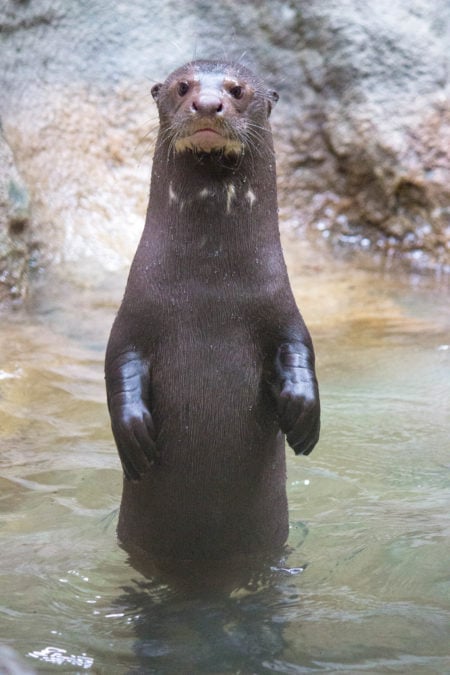
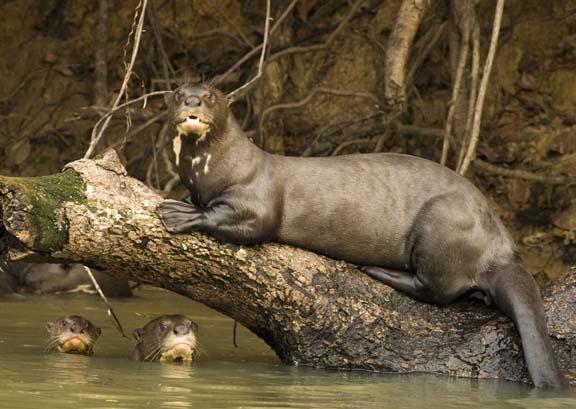
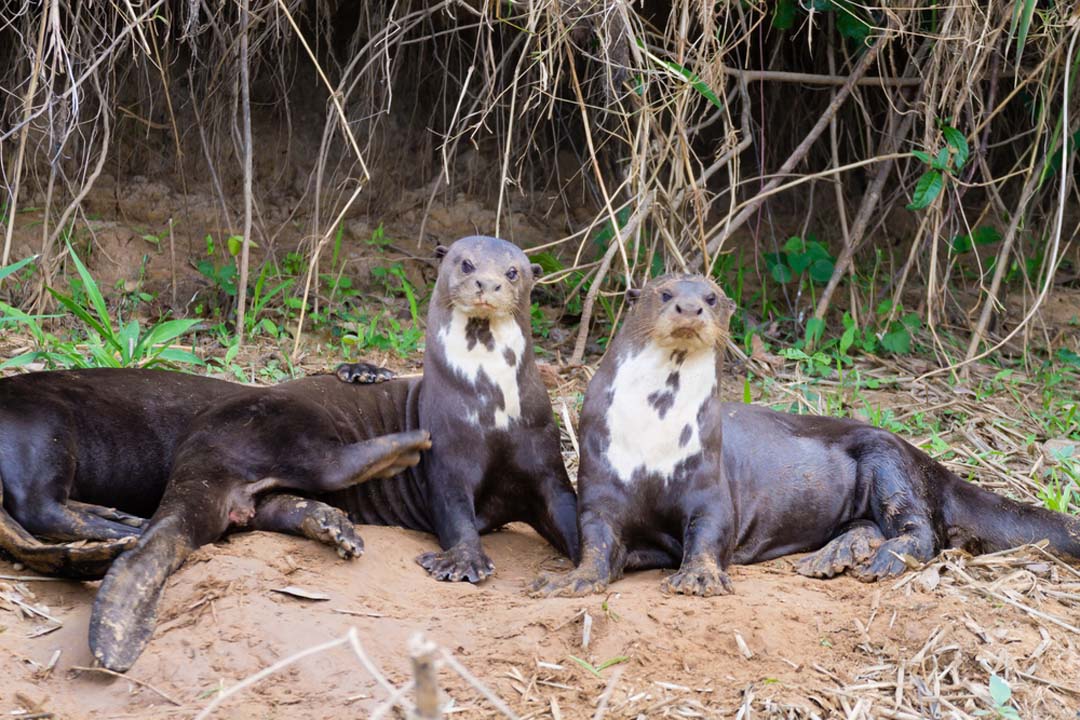
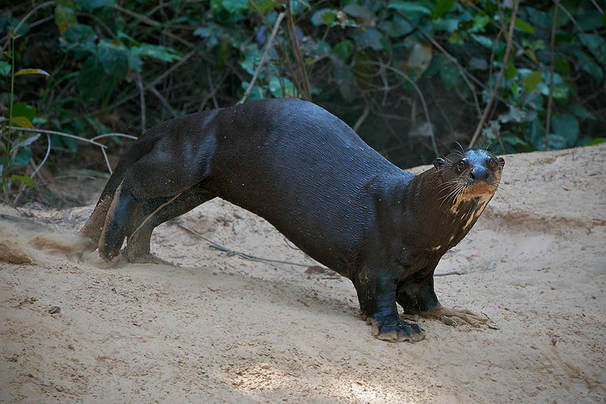
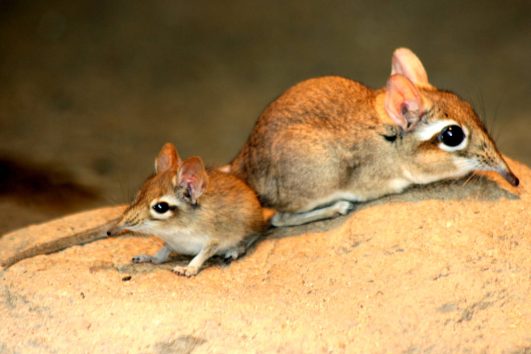
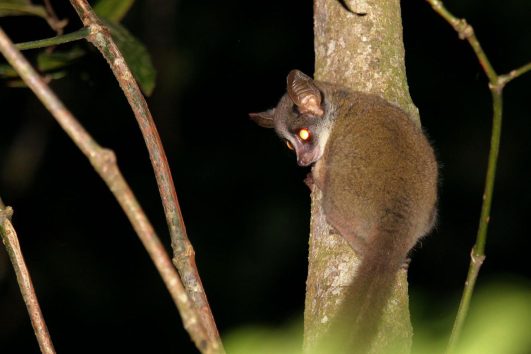
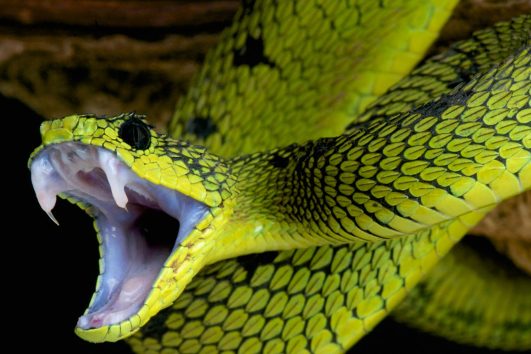
Tour Reviews
There are no reviews yet.
Leave a Review